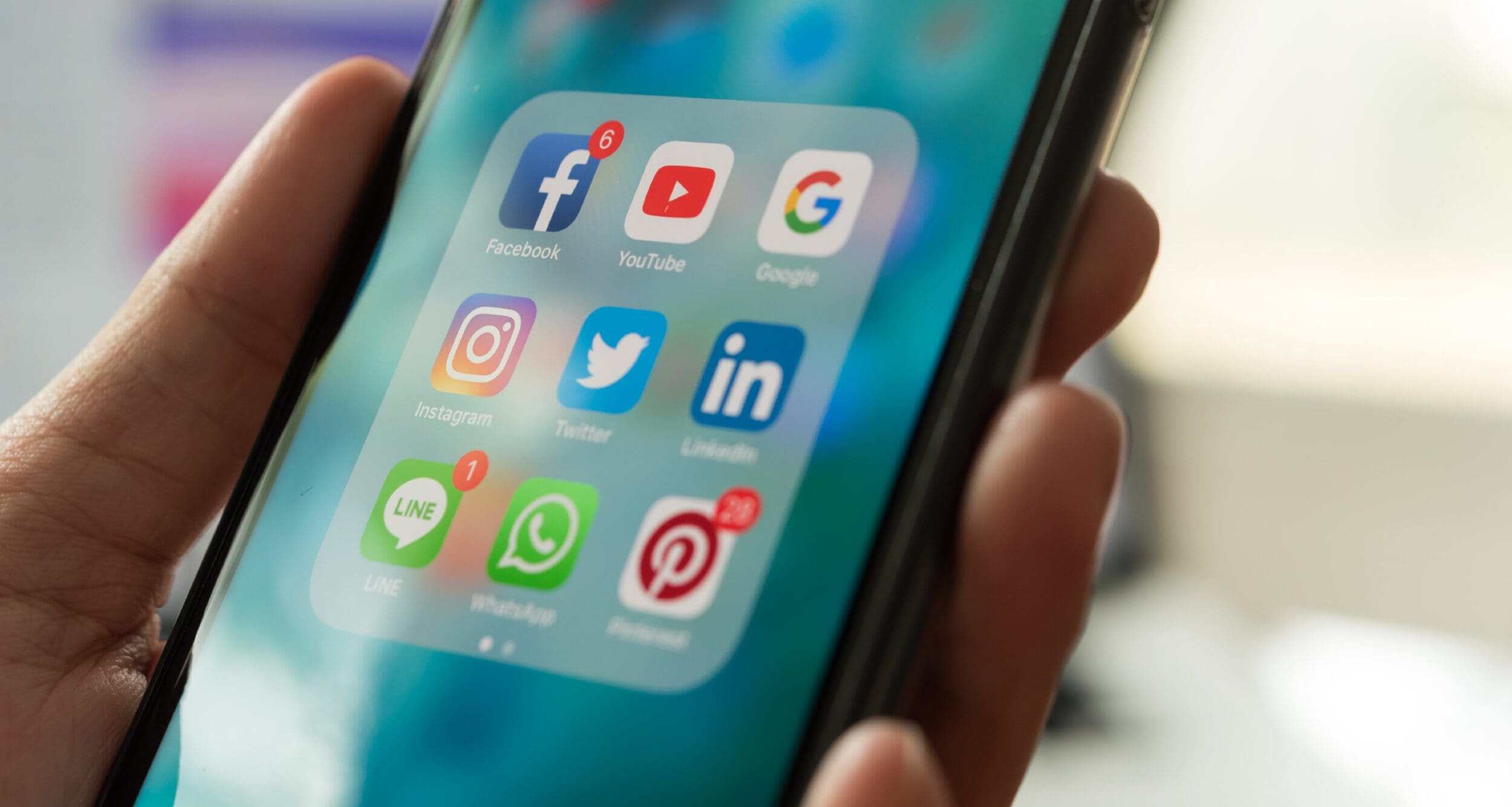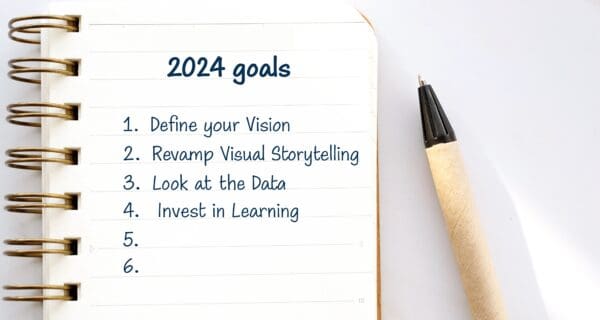It is not necessary, or advised, to be active on all of these platforms. Instead, focus on a few that align with your content strategy, where you can consistently post high-quality content, and where your organization’s target audience is most active. Posting regularly on social media can have several benefits for organizations, including:
- Increased visibility: Regular posts keep your profile active and visible in users’ feeds, increasing the chance of your content being seen by a larger audience.
- Consistent brand identity and voice: Posting regularly makes it easier for followers to recognize and engage with your content.
- Audience engagement: Frequent posts provide more opportunities for your audience to engage with your content through likes, comments, and shares.
- Audience growth: Regular posting can attract new followers who discover your content and find it valuable.
- Relationship-building: Engaging with your audience on a regular basis helps build a stronger connection and fosters a sense of community around your brand or content.
- Algorithm favorability: Many social media algorithms prioritize showing content from accounts that post regularly, which can improve your content’s visibility in users’ feeds.
- Informative value: Regular posts can help establish your organization as an authority in your industry.
- Drive traffic: Social media posts can help drive traffic to your website, blog, or other online platforms by sharing links to relevant content.
Here are some of the major social media platforms and how organizations use them:
- Facebook: Facebook is the most widely used social media platform, making it a good starting point for a broad range of organizations. Its vast user base and diverse demographic appeal make it a great choice for business-to-consumer companies looking to connect with a wide audience. Content like engaging posts, images, videos, and live streams can help organizations convey a personable and relatable brand image. In addition, the platform’s powerful advertising tools can assist in targeting specific audiences based on demographics, interests, and behaviors.
- Instagram: If your organization often produces visually appealing content, Instagram is a critically important platform. Instagram has a younger user base than other platforms and features like Stories and Reels can help push content to the top of your audience’s quick-moving feed. Because Instagram and Facebook are owned by Meta, they share advertising tools that allow you to streamline your online presence.
- LinkedIn: LinkedIn is the leading social media channel for business-to-business connections and professional networking. LinkedIn prioritizes contributions from individuals and is an important tool for professionals seeking to establish themselves as thought leaders. LinkedIn is also effective for organizations to recruit talent and build their reputation within a specific industry.
- Pinterest: Pinterest is particularly well-suited for organizations that have visually appealing products or services and want to reach an audience interested in design, inspiration, and creative ideas. Businesses that sell products can showcase their offerings through eye-catching pins. From fashion to home décor to beauty products, Pinterest is a platform where users seek shopping inspiration and identify trends.
- TikTok: TikTok has grown exponentially over the past few years and represents a new way of engaging with audiences through short-form video content. It is dominated by a younger demographic, primarily ages 16-24, but its popularity is growing among other age groups. Organizations that succeed on TikTok typically keep their messaging and visuals less polished to fit the platform’s culture. Engaging with timely trends can also help an organization’s content reach a wider audience and increase brand visibility.
- Twitter/X: Twitter/X focuses on real-time, chronological engagement. Individuals look to Twitter/X to monitor news breaks, see emerging trends and participate in rapidly evolving conversations. Organizations seeking to establish a strong brand voice, engage directly with their customers, and stay updated on industry trends can benefit from using Twitter/X. Hashtags and retweets can help amplify reach and connect with a broader audience, while the platform’s character limit is a key tool used to capture attention and keep content moving quickly. Many consumer brands – large and small – use Twitter/X to promote their products, run promotions, and manage customer service efforts.
As your organization’s messaging evolves and new technologies emerge, it’s important to be nimble in your approach to posting on social media. Don’t be afraid to try something new, or do something you always do in a slightly different way, to see how it resonates with your audience.











